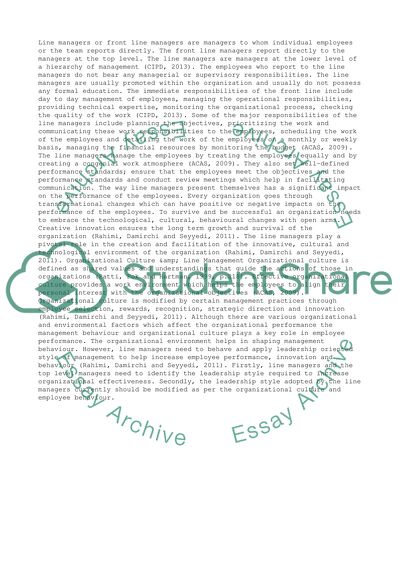Cite this document
(Definition of Organizational Behaviour Term Paper, n.d.)
Definition of Organizational Behaviour Term Paper. Retrieved from https://studentshare.org/management/1478280-organozational-behavior
Definition of Organizational Behaviour Term Paper. Retrieved from https://studentshare.org/management/1478280-organozational-behavior
(Definition of Organizational Behaviour Term Paper)
Definition of Organizational Behaviour Term Paper. https://studentshare.org/management/1478280-organozational-behavior.
Definition of Organizational Behaviour Term Paper. https://studentshare.org/management/1478280-organozational-behavior.
“Definition of Organizational Behaviour Term Paper”, n.d. https://studentshare.org/management/1478280-organozational-behavior.


